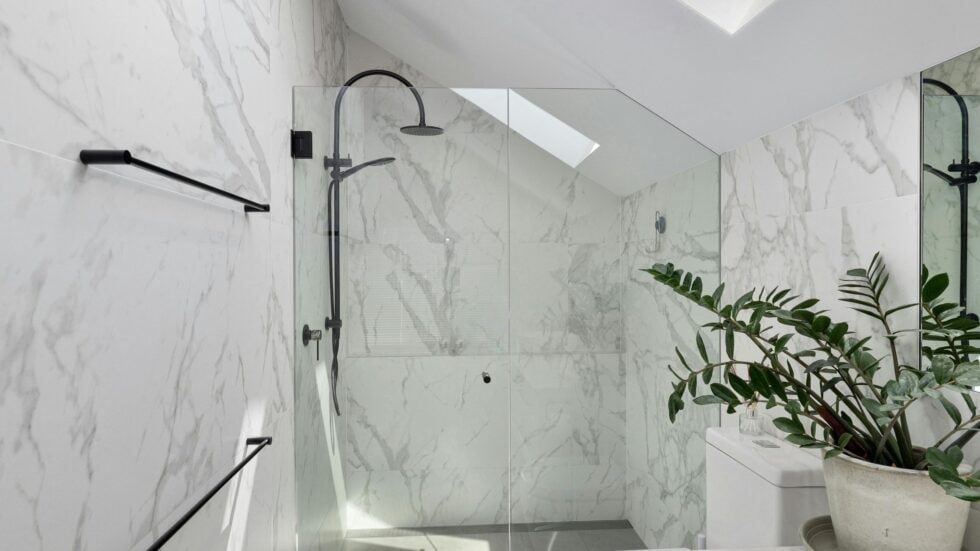A tub to shower conversion represents a significant investment in home improvement that can transform a bathroom into a more functional and accessible space. However, many homeowners encounter tub to shower conversion mistakes that lead to frustration, wasted money, and subpar results. Understanding common mistakes before starting a small bathroom shower conversion helps ensure the project delivers the beautiful new shower and functional bathroom that homeowners envision. Avoiding these pitfalls protects both the investment and the long-term quality of the bathroom remodeling project.
Understanding Tub to Shower Conversion Mistakes
The most frequent tub to shower conversion mistakes stem from inadequate planning, poor material selection, and rushing through critical steps. These errors can compromise the safety, functionality, and longevity of the new shower. Homeowners who understand potential problems before beginning can avoid common mistakes that plague many bathroom renovation projects.
A successful tub to shower conversion requires careful attention to details including waterproofing, proper drainage, appropriate materials, and accessibility features. Each decision affects how well the shower performs and how long it lasts. Whether replacing a traditional bathtub, a corner bathtub, or a standard bathtub, the same attention to quality ensures success. Taking enough time to plan properly prevents the need for costly repairs. Removing the existing bathtub and converting the space requires expertise to avoid common pitfalls.
New Wave Home specializes in bathroom remodels with a focus on efficiency, modern design, and one-day installation options that help homeowners avoid the extended timelines and complications common in DIY projects. Professional guidance ensures conversions proceed smoothly and deliver results that meet expectations.
Poor Planning and Rushing the Process
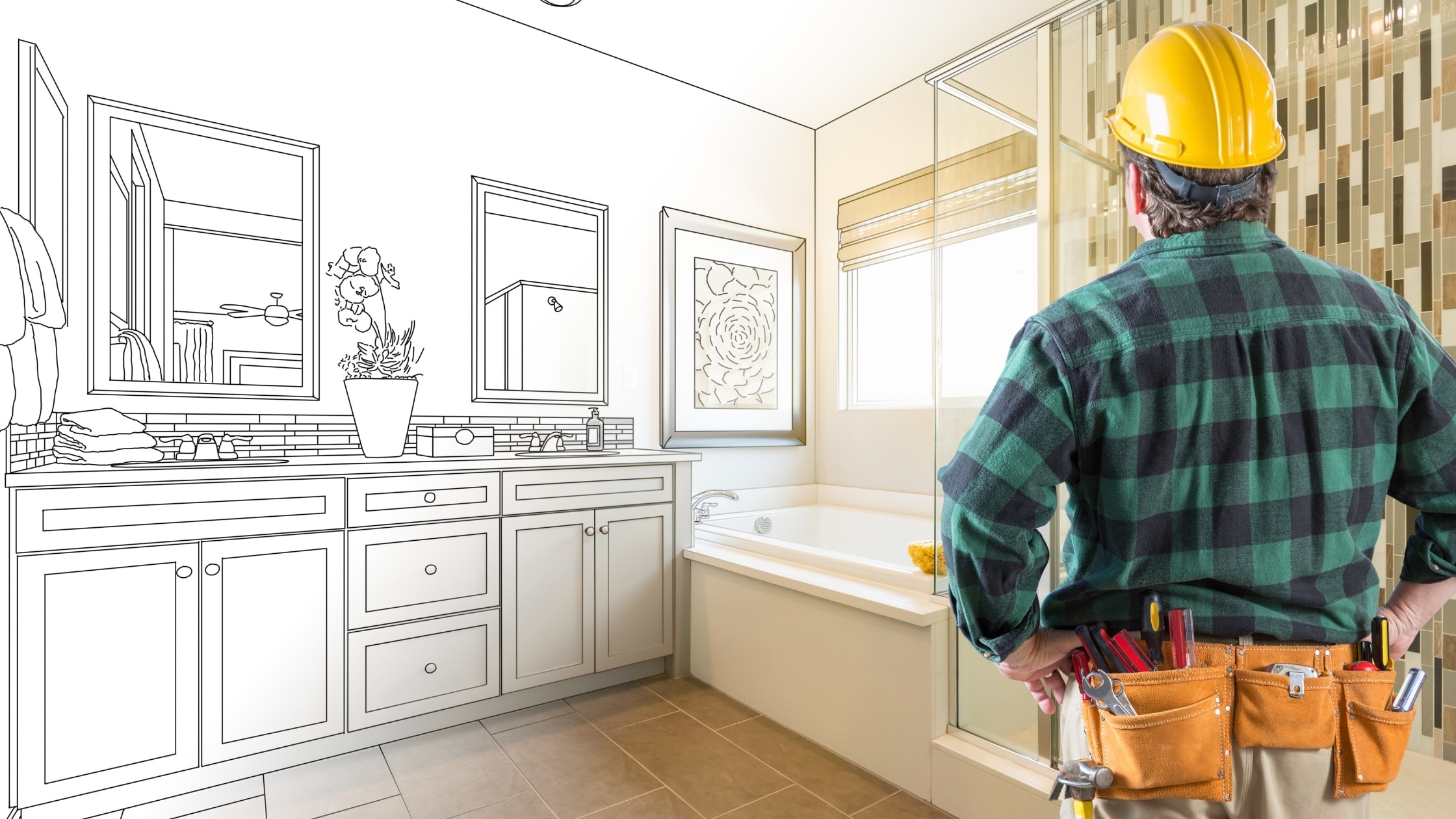
Insufficient planning tops the list of common mistakes in tub to shower conversions. Homeowners eager to complete the project often skip crucial planning steps. This rush to start can lead to problems that become apparent only after installation is complete.
Failing to measure the space accurately creates problems when components arrive. Standard shower pans may not fit the available space. These measurement errors can delay the project and increase costs.
Skipping the design phase prevents homeowners from visualizing the finished bathroom. Without a clear plan, decisions about tile placement and fixture locations get made on the fly. These hasty choices often result in a bathroom that functions poorly.
Quick tip: Create a detailed plan that includes exact measurements, material selections, and fixture placements before ordering any supplies. This preparation prevents mid-project surprises and ensures all components work together harmoniously.
Inadequate Budget Planning
Underestimating project costs represents another planning mistake. A realistic budget accounts for the shower system, plumbing modifications, tile and fixtures, waterproofing materials, shower pans, and professional installation if needed.
Hidden costs often emerge during tub removal. Damaged subflooring, outdated plumbing, or mold behind walls require attention before the new shower installation can proceed. Removing the old bathtub may reveal structural issues that affect the budget. Setting aside contingency funds prevents financial stress when unexpected issues arise.
Waterproofing Failures
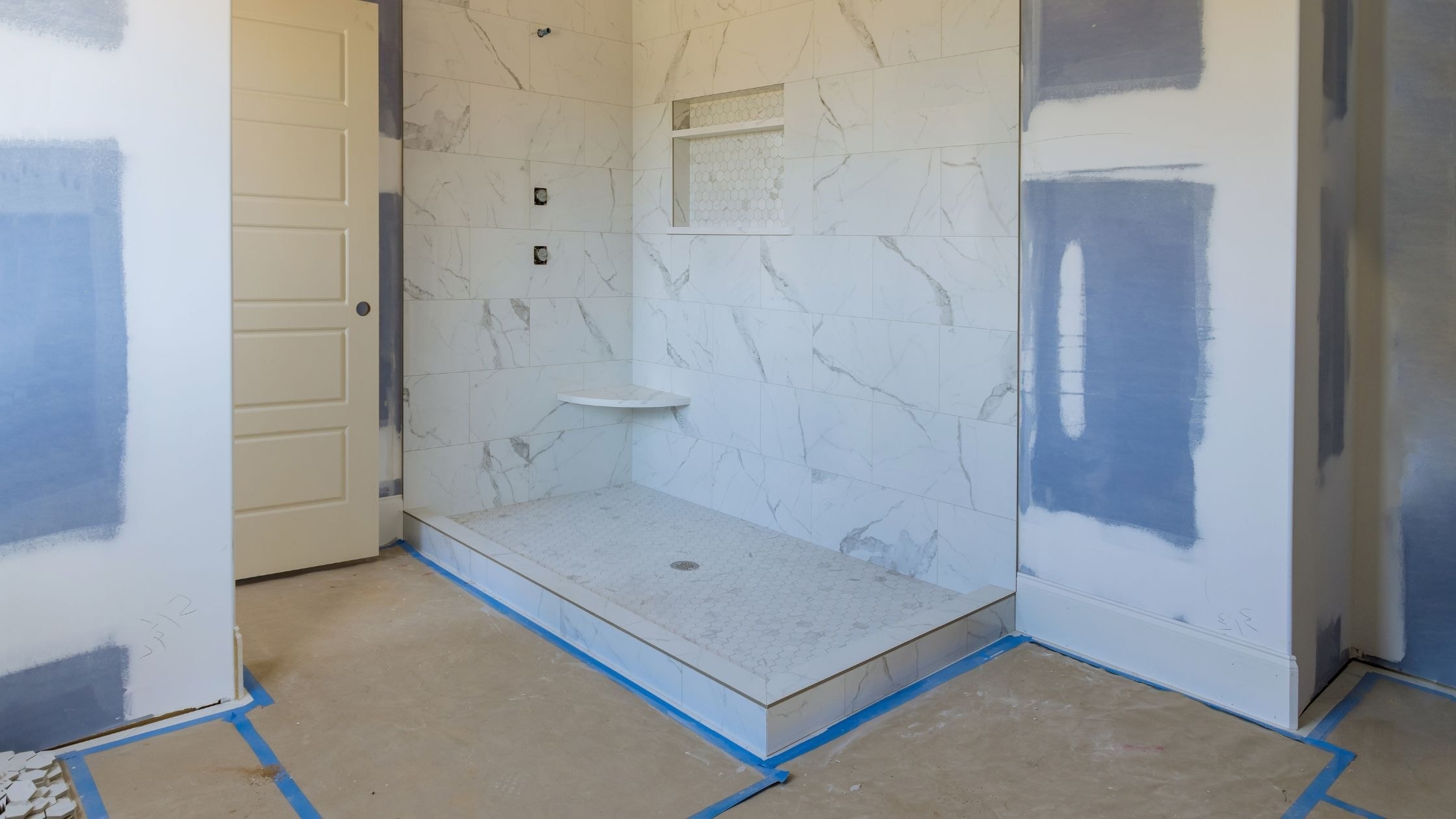
Inadequate waterproofing stands as one of the most serious tub to shower conversion mistakes. Water damage from failed waterproofing can compromise the entire house structure. Proper waterproofing protects the bathroom and surrounding areas from moisture damage.
Many DIY projects fail because homeowners skip waterproofing steps or use wrong materials for this critical job. The shower pan requires specialized waterproof membranes beneath the tile. These barriers must extend up the walls to protect against splash and steam.
Using cheap materials for waterproofing represents a false economy. Budget products may not provide adequate protection. High quality materials cost more initially but protect the home for decades.
Critical Waterproofing Areas
The shower floor demands particular attention. The drain connection represents a vulnerable point where water can escape if not properly sealed. A pre-sloped shower pan ensures water flows toward the drain.
Wall waterproofing should extend at least six feet above the shower floor. Many walk in showers require full wall waterproofing from floor to ceiling. Corners and seams need special attention.
Did you know? Even a small gap in waterproofing can allow water to penetrate walls and floors, potentially causing thousands of dollars in damage before becoming visible. Professional installation ensures every vulnerable area receives proper protection.
Drainage System Errors

Improper drain installation creates problems that may not become apparent until the shower is in use. The shower floor must slope correctly toward the drain to prevent standing water. Inadequate slope causes water to pool, creating slipping hazards and promoting mold growth.
Choosing the wrong drain type for the shower pan can lead to compatibility issues. Linear drains require different pan configurations than center drains.
Failing to test the drainage system before completing tile work can result in discovering problems too late. A simple water test reveals whether water flows properly.
Proper Slope Requirements
The shower floor needs a slope of at least one-quarter inch per foot toward the drain. This slope ensures water flows efficiently without pooling.
Pre-sloped shower pans eliminate guesswork by providing the correct slope built into the pan. These prefabricated solutions ensure proper drainage while simplifying installation.
Material Selection Mistakes
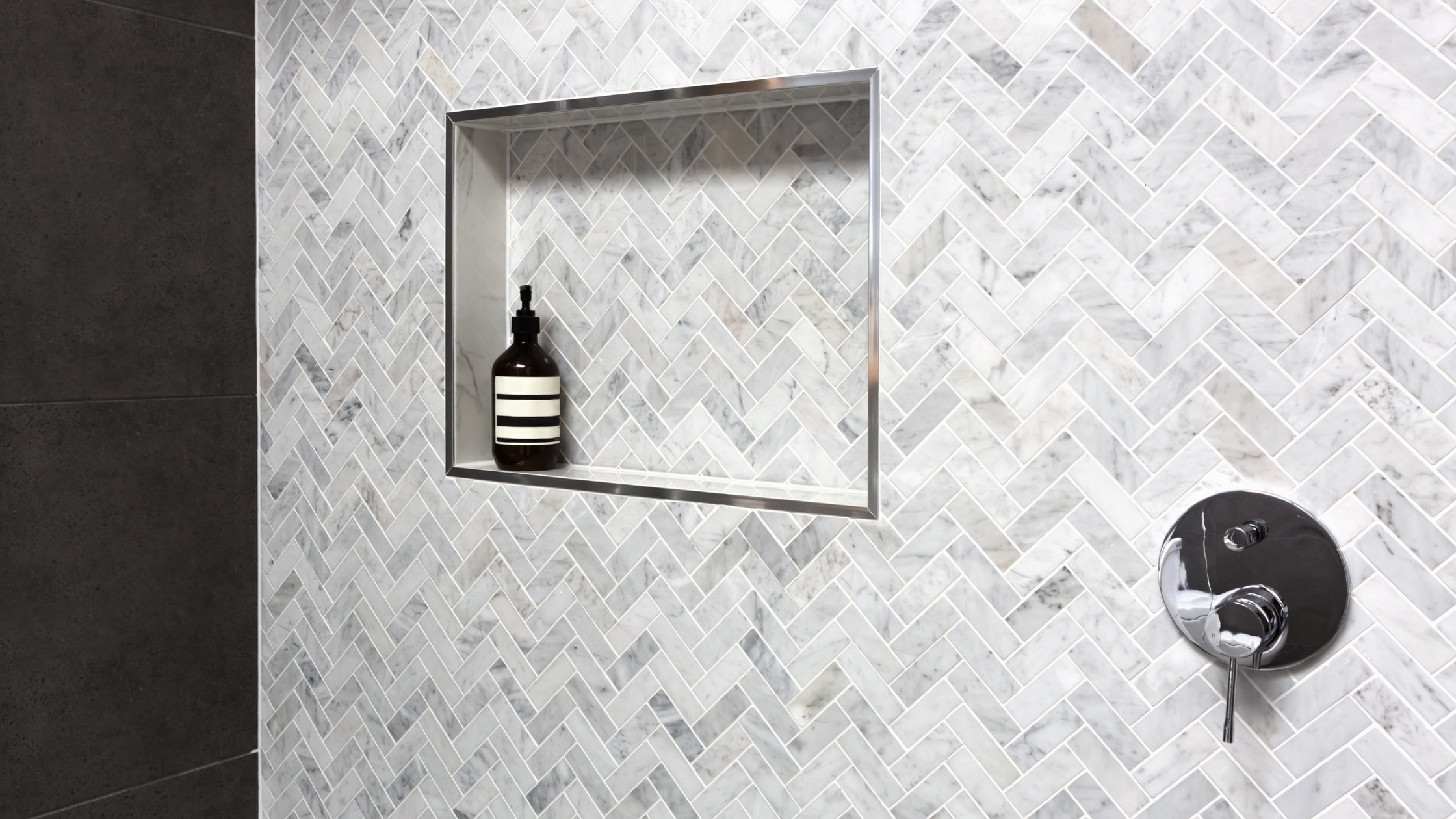
Selecting inappropriate materials ranks among the most common tub to shower conversion mistakes. The bathroom environment demands materials that resist moisture and withstand daily use. Wrong materials can fail prematurely.
Natural stone tiles require more maintenance than porcelain or ceramic options. While beautiful, natural stone needs regular sealing to prevent water damage. Homeowners unaware of these maintenance requirements may find their gorgeous new shower deteriorating faster than expected.
Using cheap materials to save money often backfires. Budget fixtures may break or corrode. Low-quality tiles can crack or chip. Investing in high quality materials from the start provides better long-term value.
Quick tip: Select materials specifically rated for wet environments and consider maintenance requirements before making final choices. The right materials enhance both the appearance and longevity of the tub to shower conversion.
Fixture and Hardware Quality
Shower fixtures and hardware endure constant use and moisture exposure. Cheap chrome finishes corrode and peel. Investing in quality fixtures ensures they function properly and maintain their appearance.
The shower system components including valves and shower heads should come from reputable manufacturers. These fixtures need to withstand daily use while maintaining consistent water temperature. Budget fixtures often fail to deliver reliable performance.
Neglecting Accessibility Features
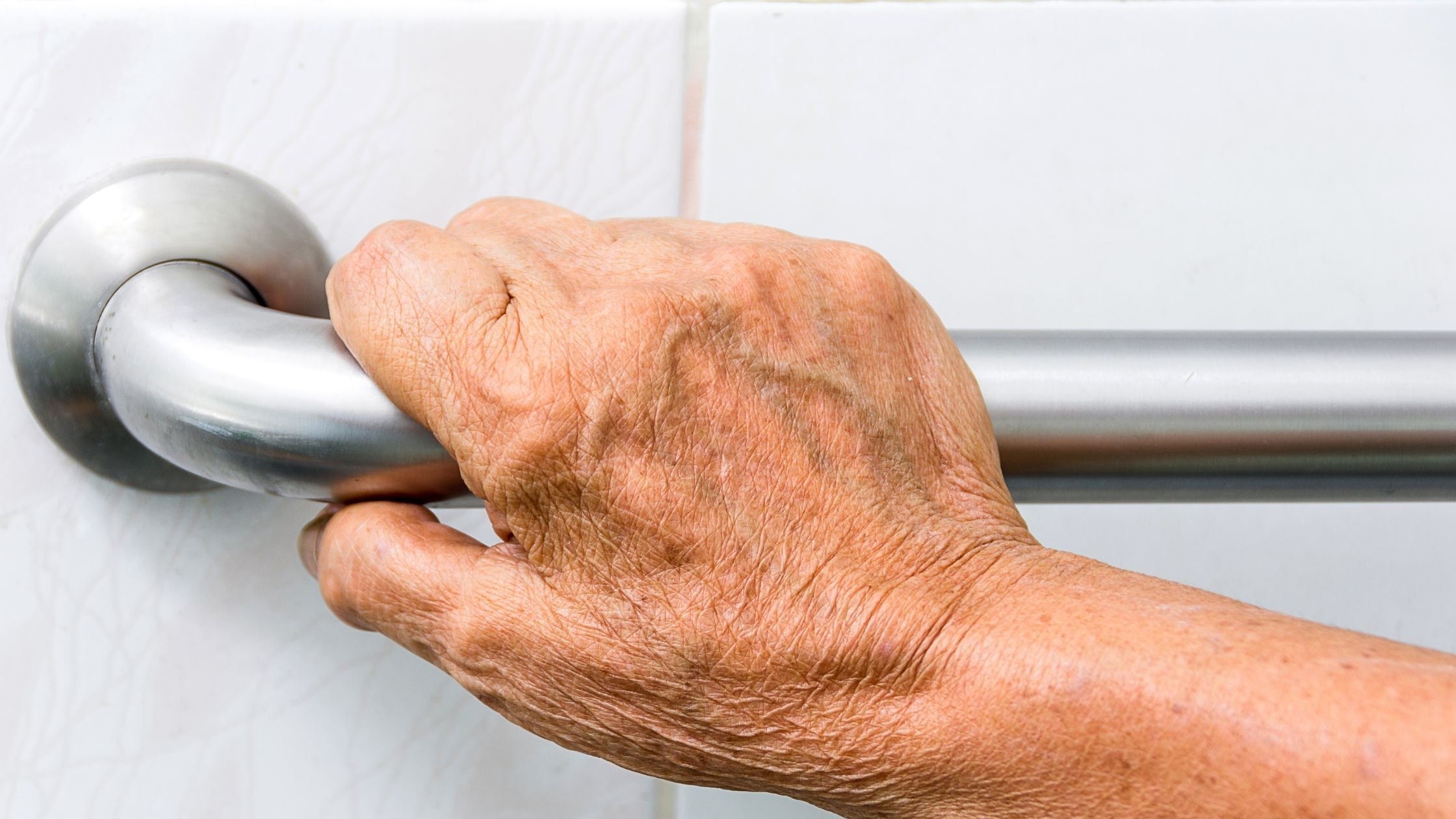
Failing to incorporate accessibility features represents a missed opportunity. Walk in showers provide easy access that benefits household members with limited mobility or mobility issues, but only when designed with accessibility in mind.
Omitting grab bars during initial construction means adding them later requires drilling through tile. Planning for grab bars from the start allows for proper backing in walls that can support these essential safety features.
Choosing a high threshold for the shower pan limits accessibility. Curbless walk in showers eliminate barriers that prevent wheelchair access. These barrier-free designs benefit everyone while preparing the home for future needs.
For comprehensive guidance on creating an accessible shower space, homeowners should review accessibility upgrades for tub-to-shower conversions to understand how to incorporate universal design principles effectively.
Safety and Universal Design
Installing a shower bench provides seating that benefits people recovering from surgery, managing chronic conditions, or simply preferring to sit while bathing.
Proper lighting in the shower area enhances safety by improving visibility. Many shower conversions neglect adequate natural light, creating dark spaces where slips and falls become more likely.
Inadequate Ventilation Planning
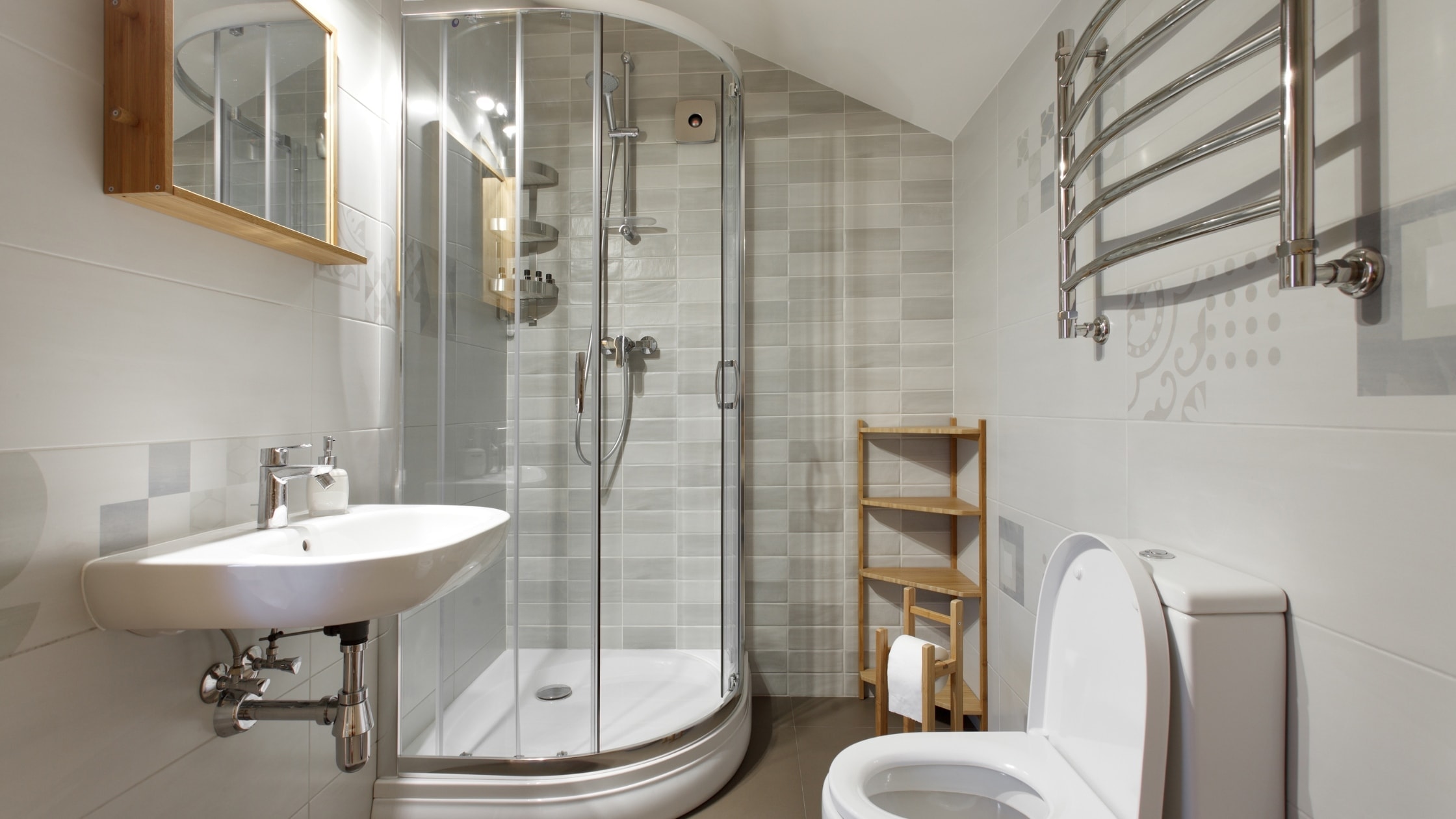
Poor ventilation leads to moisture problems that damage the bathroom over time. Steam from hot showers needs somewhere to go. Without proper ventilation, it condenses on surfaces, promoting mold growth.
Failing to install or upgrade bathroom exhaust fans represents a common oversight. The fan should be sized appropriately and should vent to the exterior. Undersized fans cannot remove moisture effectively.
Ignoring Professional Advice
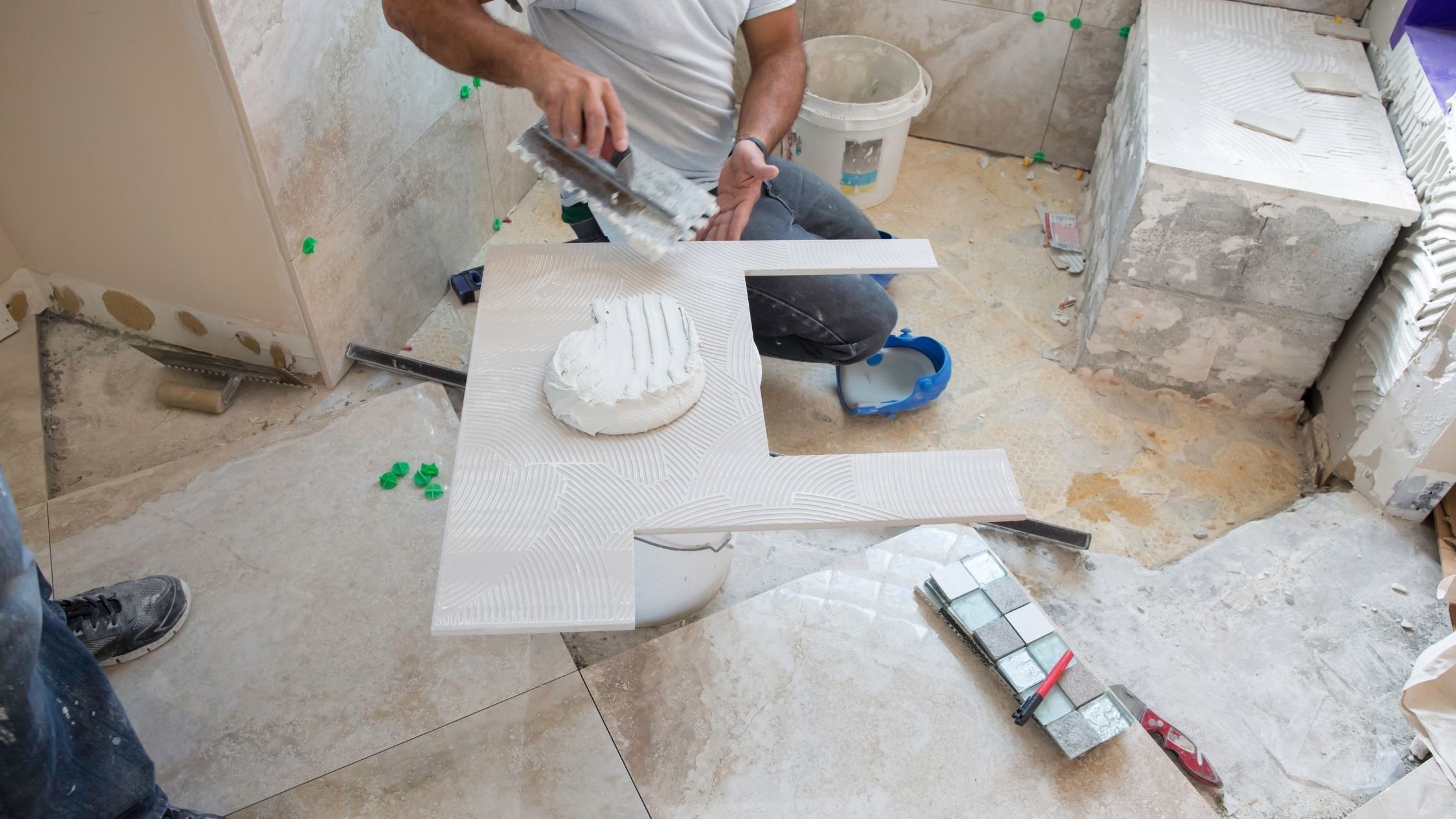
Attempting complex DIY projects without adequate experience ranks among the most costly common mistakes. While many homeowners possess skills for simpler tasks, bathroom remodeling involves specialized knowledge of plumbing, waterproofing, and tile installation.
Failing to obtain necessary permits can create legal and financial problems. Most jurisdictions require permits for significant bathroom renovation projects. Unpermitted work can also complicate future home sales.
Skipping consultations with professionals to save money often leads to spending more in the long run. Professional contractors bring expertise that prevents costly mistakes.
Understanding the complete tub-to-shower conversion process helps homeowners appreciate the complexity involved and make informed decisions about whether to DIY or hire professionals.
Timing and Scheduling Errors
Underestimating the time required for a tub to shower conversion creates stress and disruption. Many homeowners assume they can complete the job in a weekend.
Failing to schedule the project appropriately affects the entire household. Converting the only bathroom in the house requires careful planning for alternative bathing arrangements.
Ordering materials without verifying lead times can delay the project. Some custom shower components require weeks for manufacturing and delivery. Starting demolition before all materials arrive leaves the bathroom unusable.
Project Timeline Management
Breaking the conversion into phases helps manage disruption. Completing demolition, rough plumbing, and waterproofing before starting finish work provides logical stopping points.
Setting realistic completion goals prevents the temptation to rush. Quality installations require enough time for mortar to cure, grout to set, and sealants to dry properly.
Common Tile Installation Mistakes

Improper tile installation creates both aesthetic and functional problems. Using wrong thinset mortar can lead to adhesion failures. Different tiles require specific mortars.
Skipping tile layout planning results in awkward cuts and unbalanced patterns. Professional installers dry-lay tiles before setting them. This planning step takes time but improves the finished appearance.
Inadequate grout joint sealing allows water penetration. Grout is porous and needs sealing. Failing to seal grout leads to staining and mold growth.
According to the National Association of Home Builders, proper tile installation following manufacturer specifications ensures the longevity and performance of bathroom surfaces, making it essential to follow best practices.
Frequently Asked Questions
What are the most common tub to shower conversion mistakes?
The most common tub to shower conversion mistakes include inadequate waterproofing, poor drainage planning, using cheap materials, skipping accessibility features, and insufficient planning. Many homeowners also underestimate the time and budget required. Rushing the process leads to subpar results.
How can I avoid common mistakes during bathroom remodeling?
To avoid common mistakes in bathroom remodeling, start with detailed planning including measurements and budgets. Invest in high quality materials appropriate for wet environments. Ensure proper waterproofing throughout the shower area. Consider future accessibility needs and include grab bars. Allow enough time for each phase to cure properly.
Should I attempt a tub to shower conversion as a DIY project?
DIY tub to shower conversions work well for experienced homeowners with plumbing and tile skills. However, mistakes in waterproofing and drainage can cause expensive damage. Most homeowners benefit from professional installation to ensure proper waterproofing and quality workmanship.
What materials should I choose for my shower conversion?
Choose materials specifically rated for wet environments. Select ceramic or porcelain tile over natural stone to reduce maintenance. Invest in quality shower pans with proper slope. Use fixtures from reputable manufacturers. High quality materials provide better long-term value.
How long does a proper tub to shower conversion take?
A properly executed tub to shower conversion typically requires several days to two weeks. Professional installations need time for demolition, plumbing, waterproofing, tile setting, and curing. New Wave Home offers one-day installation options. Rushing compromises quality.
Do I need grab bars in my new shower?
Grab bars enhance safety for all users. Installing grab bars during initial construction proves easier than adding them later. Proper backing ensures bars can support weight safely. Including grab bars prepares the bathroom for future needs.
Creating a Successful Shower Conversion
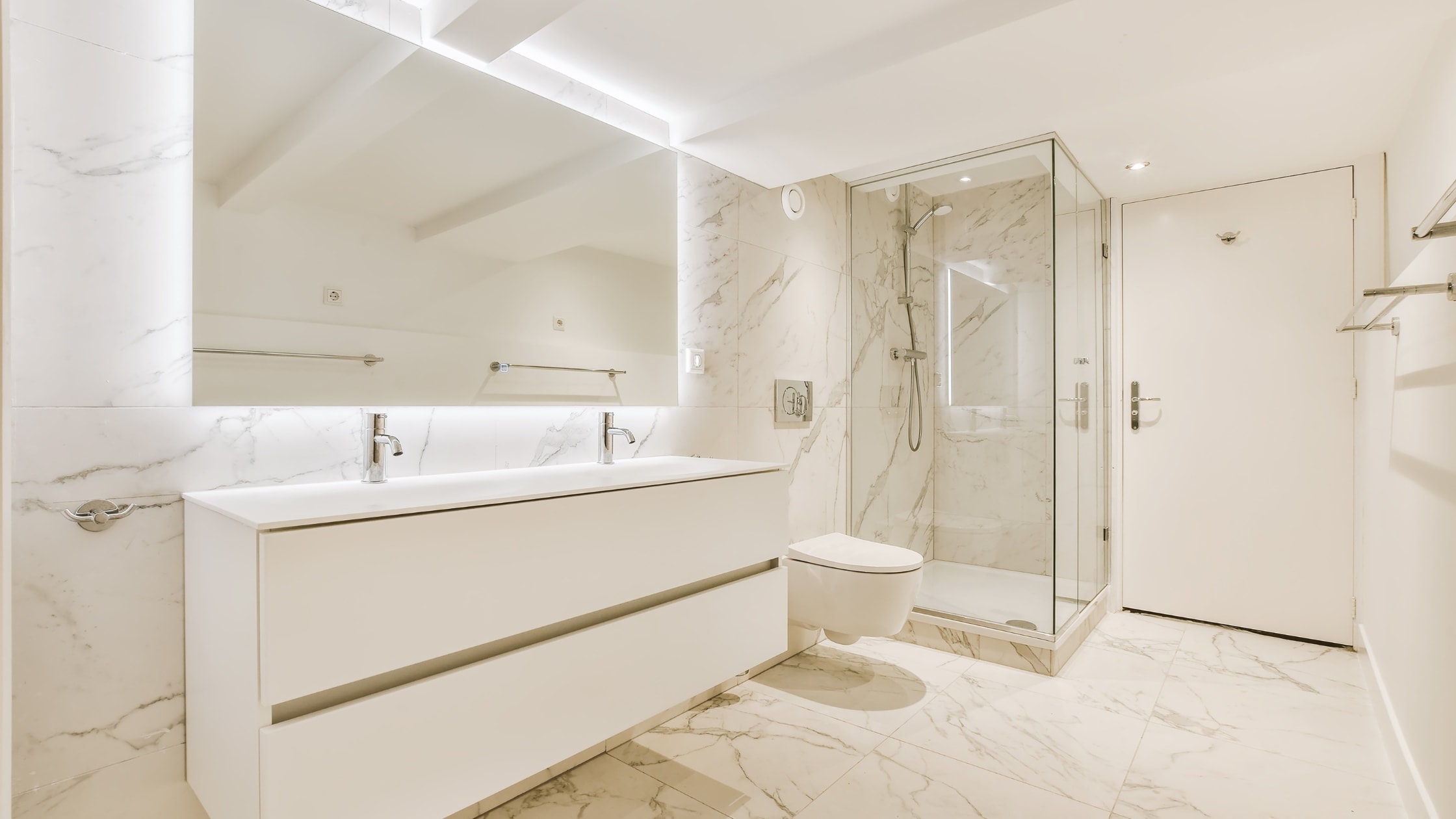
Avoiding tub to shower conversion mistakes requires understanding the complexity of bathroom remodeling projects. The conversion from an old tub or old bathtub to a modern walk in shower transforms the space, but only when executed properly.
Taking time to plan thoroughly prevents many common pitfalls. Selecting the right materials, ensuring proper waterproofing, planning for adequate drainage, and considering accessibility features all contribute to success. Working with experienced professionals protects the investment.
For those ready to move forward, reviewing detailed guidance on the tub-to-shower conversion process provides step-by-step information. This knowledge helps homeowners make informed decisions.
A beautiful new shower that functions properly and lasts for decades represents the goal of every bathroom renovation project. By avoiding common mistakes, homeowners create spaces that enhance daily life while adding value to the house. The investment in proper planning, quality materials, and skilled installation delivers returns through years of enjoyment. Taking the moment to avoid these pitfalls ensures the conversion delivers the functional bathroom that homeowners deserve.

